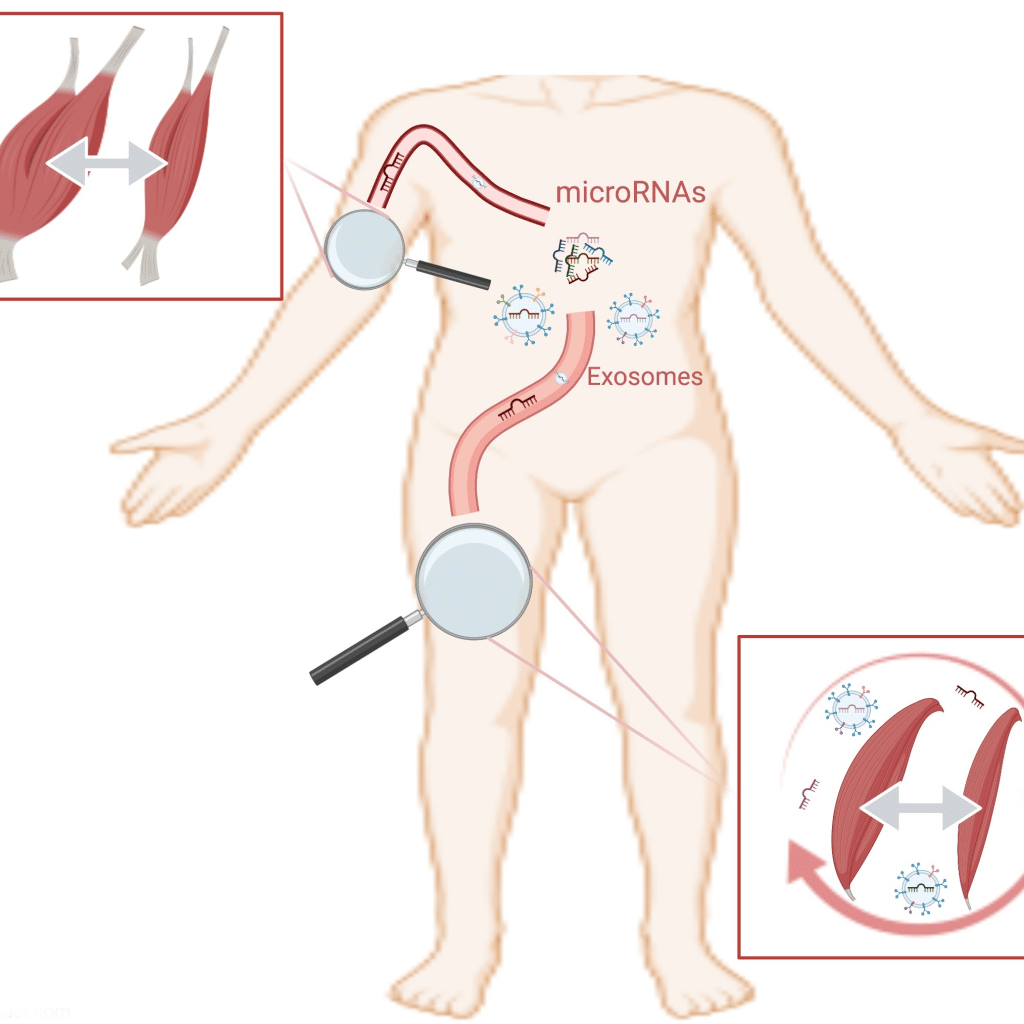Therapeutic Implications of miRNAs for Muscle-Wasting Conditions
Laura Yedigaryan and Maurilio Sampaolesi
Abstract
MicroRNAs (miRNAs) are small, non-coding RNA molecules that are mainly involved in translational repression by binding to specific messenger RNAs. Recently, miRNAs have emerged as biomarkers, relevant for a multitude of pathophysiological conditions, and cells can selectively sort miRNAs into extracellular vesicles for paracrine and endocrine effects. In the overall context of muscle-wasting conditions, a multitude of miRNAs has been implied as being responsible for the typical dysregulation of anabolic and catabolic pathways. In general, chronic muscle disorders are associated with the main characteristic of a substantial loss in muscle mass. Muscular dystrophies (MDs) are a group of genetic diseases that cause muscle weakness and degeneration. Typically, MDs are caused by mutations in those genes responsible for upholding the integrity of muscle structure and function. Recently, the dysregulation of miRNA levels in such pathological conditions has been reported. This revelation is imperative for both MDs and other muscle-wasting conditions, such as sarcopenia and cancer cachexia. The expression levels of miRNAs have immense potential for use as potential diagnostic, prognostic and therapeutic biomarkers. Understanding the role of miRNAs in muscle-wasting conditions may lead to the development of novel strategies for the improvement of patient management.




